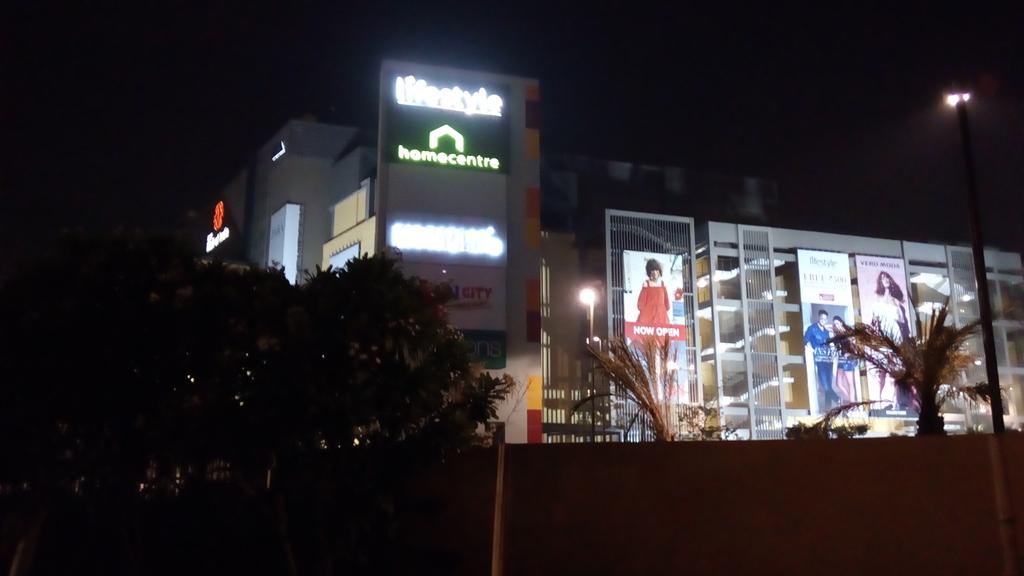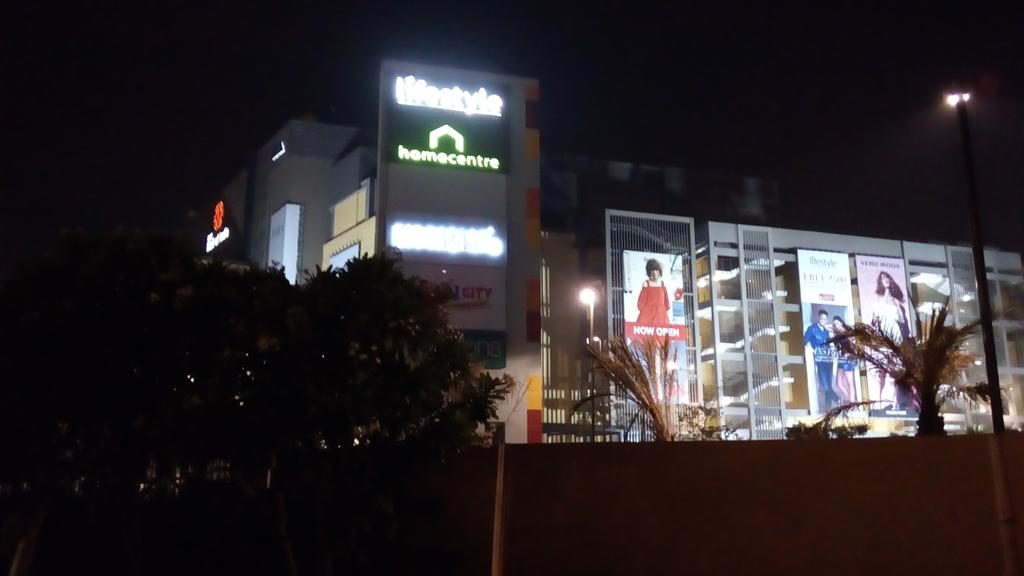According to property consultancy JLL India (Jones Lang LaSalle India), the Indian retail real estate market is on the up-tick. Vacancy levels of retail commercial shops/mall spaces decreased in 2015 despite more commercial properties being ready for occupancy. One of the factors for the improvement in the retail real estate market of India is retail-friendly policies.

Limited Quality Supply & Growing Demand
High vacancy of retail shops (and malls) after the global financial crisis (of 2007-08), along with poor consumer and retailer sentiment, had forced many developers to either deferring launch of proposed retail projects or shelving them altogether. Therefore, the current decade started with decrease in fresh supply and improved demand from retailers.
There was a period of global economic weakness, domestic problems pertaining to negative influence of the pre-election uncertainty on business environment as well as controversies surrounding FDI (foreign direct investment) in the retail sector (with a majority of opposition parties trying to oppose opening up of multi-brand retail for FDI). These factors resulted in poor consumer and retailer sentiments. Also, high consumer price inflation during 2011-2014 contributed to a poor consumer and retailer confidence.
The general election emerged as a key turnaround moment as a new pro-reforms government was elected to power with unprecedented majority. This helped many retailers take a positive view on rise in employment numbers, disposable incomes and, therefore, the growth of retail. A gradual softening stance of the newly-elected government on foreign investment in retail excited international retailers such as IKEA, Walmart, etc.
Rental costs of retail spaces in malls had mostly remained stagnant during 2012-14. However, after May 2014, when the general elections happened and results were declared, rents started to go up marginally as enquiries from retailers went up.
After witnessing a dull period in terms of new supply of Grade-A malls between 2011 and 2014, 2015 saw a remarkable jump in commercial retail project completions. Despite rise in completions in 2015, retail space vacancy declined across major cities of India.
Major retail properties were completed in the latter half of 2015 (coinciding with the festival season in India), including the Mall of India (Noida) and Gardens Galleria (Noida) in Delhi-NCR, VR Mall in Bengaluru and Acropolis Mall in Kolkata. This time around, malls were experiencing healthy rate of pre-commitments. As a result, these commercial retail malls started with good retail space occupancy.
Demand for Top-Grade Malls
India also witnessed a key transition in the organised retail space across cities. Retailers were now scouting for malls that could be classified as quality structures – modern design that promotes good brand visibility, reasonably large floor-plates with ample open areas, professional mall management, good upkeep, suitable tenant profile and a good buyer catchment. These factors helped the market to categorize malls into three – superior malls, average malls and poor malls.
The retail real estate market was in a period of transition where mall quality, average footfalls and trading densities were given higher importance than merely having a retail structure at the right location.
Over the years, the best retail tenants started to approach only the superior malls, leaving other malls behind in the new cycle of resurgence in retail. Consequently, the vacancy rate in superior malls was under 10% in 2015, while average and poor malls had 15-40% of their retail spaces vacant.
Also, in terms of rental values, the superior malls witnessed a sharper rise, while in the average and poor malls, rentals had even dropped in a few cases.
New policies favourable of the retail sector as well as clarity on existing policies have bolstered the retail real estate market in India. Some of the major policies were: 100% FDI in single-brand retail, relaxation of sourcing norms for multi-brand retailers, 100% FDI in marketing of food products, the revised Model Shop and Establishment Act (that allows shops to remain open round-the-clock), clarity on the “inventory-based” and “marketplace” models in the e-commerce space (giving physical retailers a level-playing field), etc.
Author: Anuj Puri, Chairman & Country Head, JLL India. JLL is a global real estate consultancy firm offering specialized real estate services to clients seeking increased value by owning, occupying and investing in real estate.
